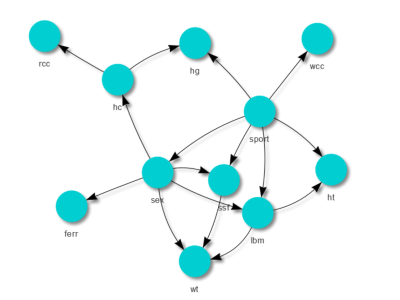For businesses with a physical location or those serving a specific geographic region—restaurants, dentists, plumbers, or local retail—the primary battleground for visibility is the Local Pack (the map and three business listings that appear at the top of Google search results). While national SEO targets broad, global queries, Local SEO focuses on capturing “near me” or “[service] in [city]” searches, which often have immediate, high purchase intent. Mastering this domain is crucial for businesses aiming for highly qualified, local organic traffic generation.
The Pillars of Local Prominence
Local SEO relies on three core factors—Relevance, Distance, and Prominence—with the Google Business Profile (GBP, formerly Google My Business) acting as the central hub. Optimizing your GBP is the single most impactful action for driving local traffic.
Key GBP Optimization Steps:
- Accurate NAP Data: Ensuring your Name, Address, and Phone number are identical across your website, GBP, and all third-party directories (citations). Inconsistency, even minor differences like “St.” vs “Street,” can confuse search engines.
- Category Selection: Selecting the most accurate primary and secondary categories for your business immediately establishes relevance for local searches.
- Review Management: Actively soliciting positive reviews and, crucially, responding to all reviews (positive and negative) demonstrates engagement and prominence to both users and Google.
- Posts and Q&A: Utilizing the GBP Posts feature to announce events, offers, or news keeps the profile active. The Q&A section should be proactively seeded with common customer questions and answers.
The Synergy Between Local and Broad Organic Traffic
While local and broad SEO strategies are distinct, they are deeply interconnected. A strong overall website authority, driven by high-quality content and technical excellence (traditional organic traffic factors), directly supports your local rankings.
Furthermore, creating localized content—such as blog posts about local events, case studies featuring local clients, or guides to neighborhood issues—not only satisfies local search intent but also provides excellent internal linking opportunities to your service pages. This combined approach ensures you capture the user who is gathering information (broad intent) and the user who is ready to convert right now (local intent). Neglecting local optimization means sacrificing a massive segment of your target audience who is literally standing nearby, ready to buy.







Comments